State Editor's Introduction by Felicity Plunkett | States of Poetry Queensland - Series Two
In his luminous paean to poetry, modestly titled How to Read a Poem, Edward Hirsch writes that ‘poetry is made of metaphor’. This lucid statement is beautiful enough, but as a poet, Hirsch continues, making music, elaborating, forever taking the idea onwards, upwards and outwards, with poetry’s relentless energy: ‘It is a collision,’ he writes, ‘a collusion, a compression of two unlike things: A is B.’
If A is B, everything is mobile, active, and energetic. As Paul Celan puts it, poetry is always ‘under way: heading towards something’. In poetry, ideas are capable of transformation, and of transforming other ideas, and lives. Poetry is about energy. That’s why we reach for the metaphor of poetry to describe beautiful human movement – the flex and reach of a dancer’s body, the loop of a backbend, the arc of a cricket ball sailing over the fence to be caught (usually less poetically) by the spectator who will endlessly relive the moment as the time they reached for poetry. Marianne Moore knew about this when she compared poetry to baseball:
Writing is exciting
and baseball is like writing.
You can never tell with either
how it will go
or what you will do;
generating excitement –
You can never tell with a poem how it will go. That’s the thrill. That’s why Emily Dickinson identifies poetry through the rush, the goosebumps, the body’s alert catching of energy:
If I read a book [and] it makes my whole body so cold no fire can ever warm me I know that is poetry. If I feel physically as if the top of my head were taken off, I know that is poetry. These are the only way I know. Is there any other way.
Hirsh continues, collecting poets’ metaphors about poetry in a luminous assemblage that, again, keeps moving, shifting and unsettling:
the poem is a capsule where we wrap up our punishable secrets (William Carlos Williams). A poem is a well-wrought urn (Cleanth Brooks), a verbal icon (W. K. Wimsatt). A poem is a walk (A. R. Ammons); a poem is a meteor (Wallace Stevens). A poem might be called a pseudoperson. Like a person it is unique and addresses the reader personally (W. H. Auden). A poem is a hand, a hook, a prayer. It is a soul in action.
Poetry’s energies reach into other poems. The poems here are allusive, expansive, and mobile. These poems converse with, bounce off, and sail over other poems, to social media, music, and memory, from the therapist’s couch to the therapist on the couch, taking in Yiddish words, Polish words, tweets and amnesia, fish ‘n chips and VHS, Zen and Kerouac, Ted Bundy and Pliny the Younger. A is B. Everything is energy. These are just some of the ways poetry is thriving, in dialogue, mobile and thrilling.



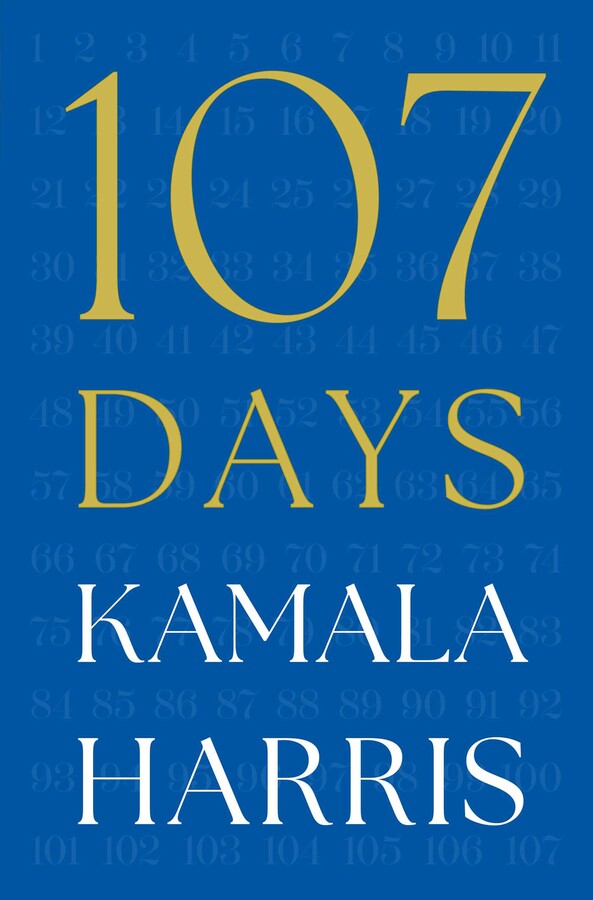
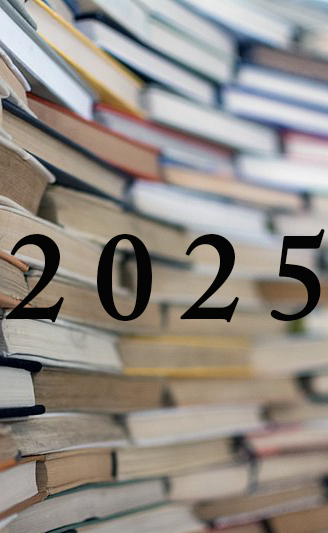
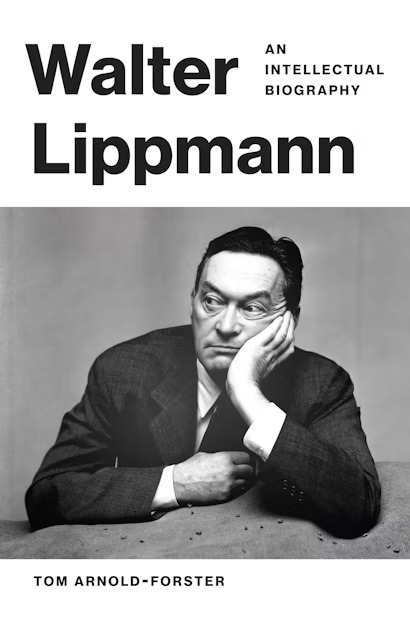
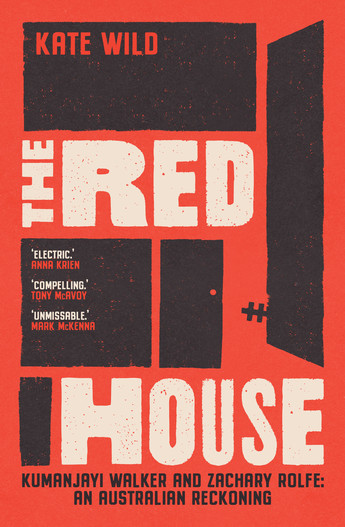

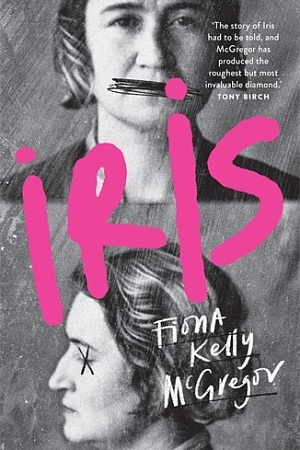
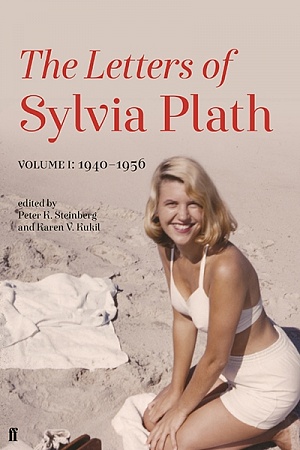
Leave a comment
If you are an ABR subscriber, you will need to sign in to post a comment.
If you have forgotten your sign in details, or if you receive an error message when trying to submit your comment, please email your comment (and the name of the article to which it relates) to ABR Comments. We will review your comment and, subject to approval, we will post it under your name.
Please note that all comments must be approved by ABR and comply with our Terms & Conditions.